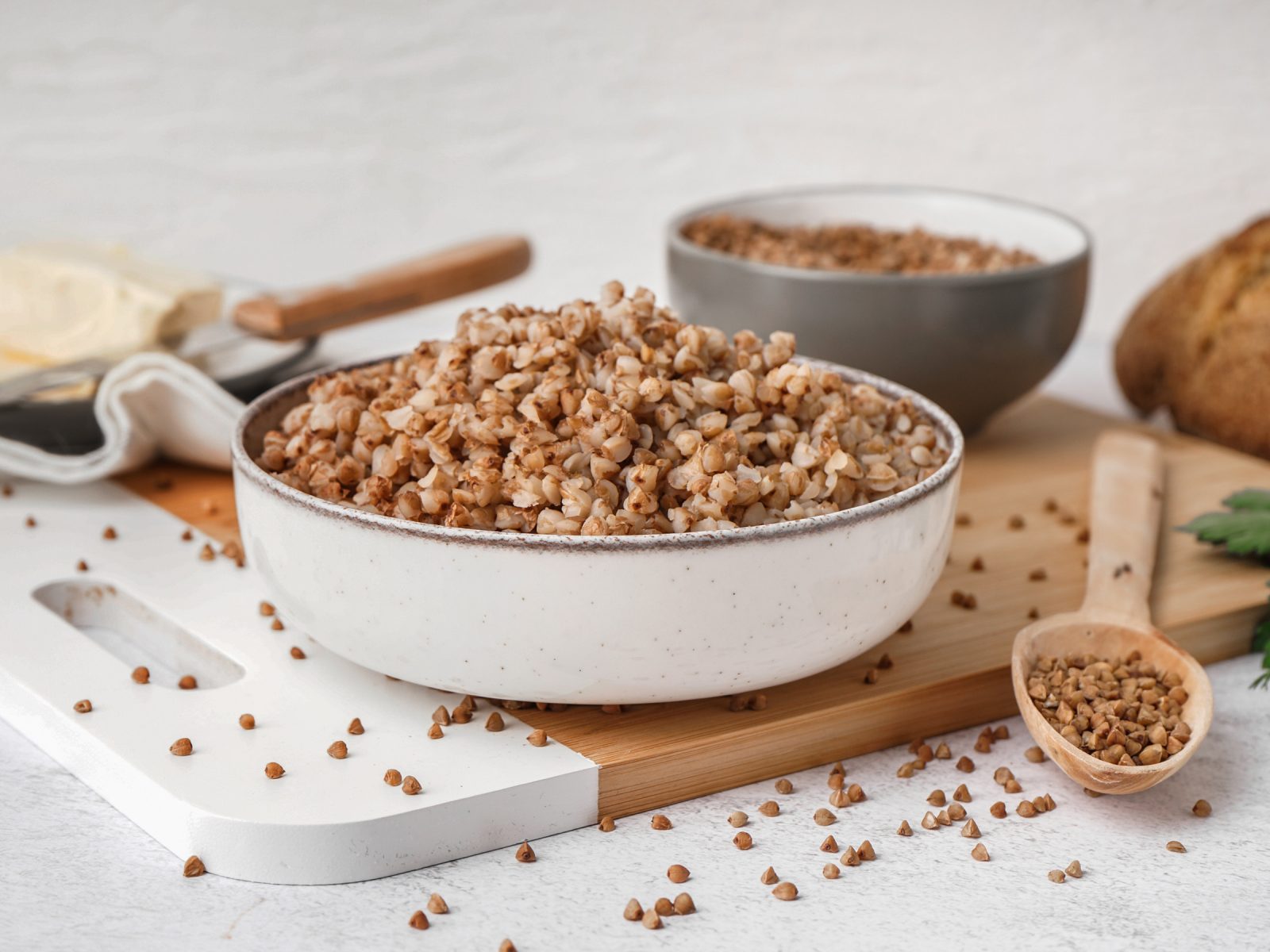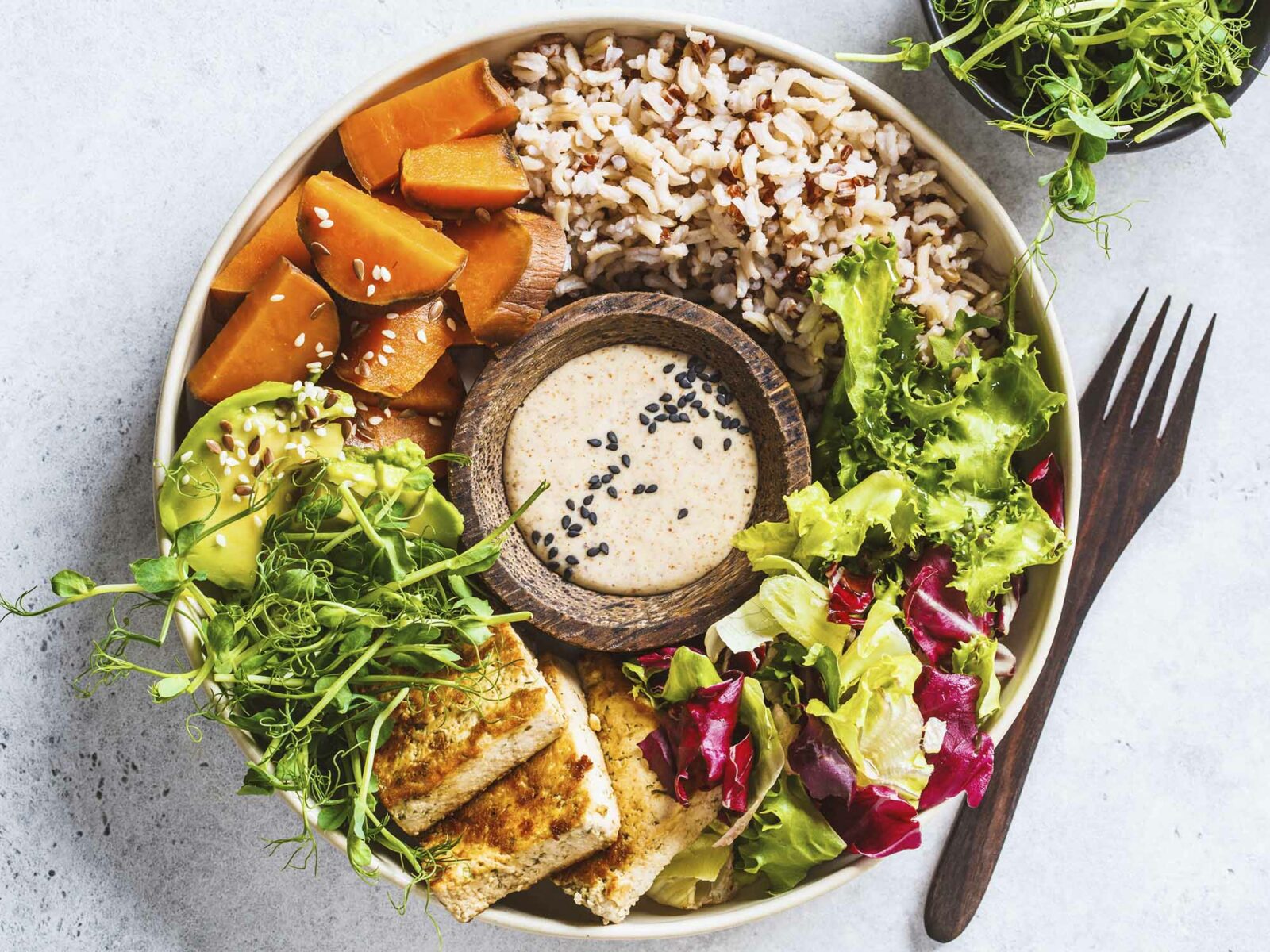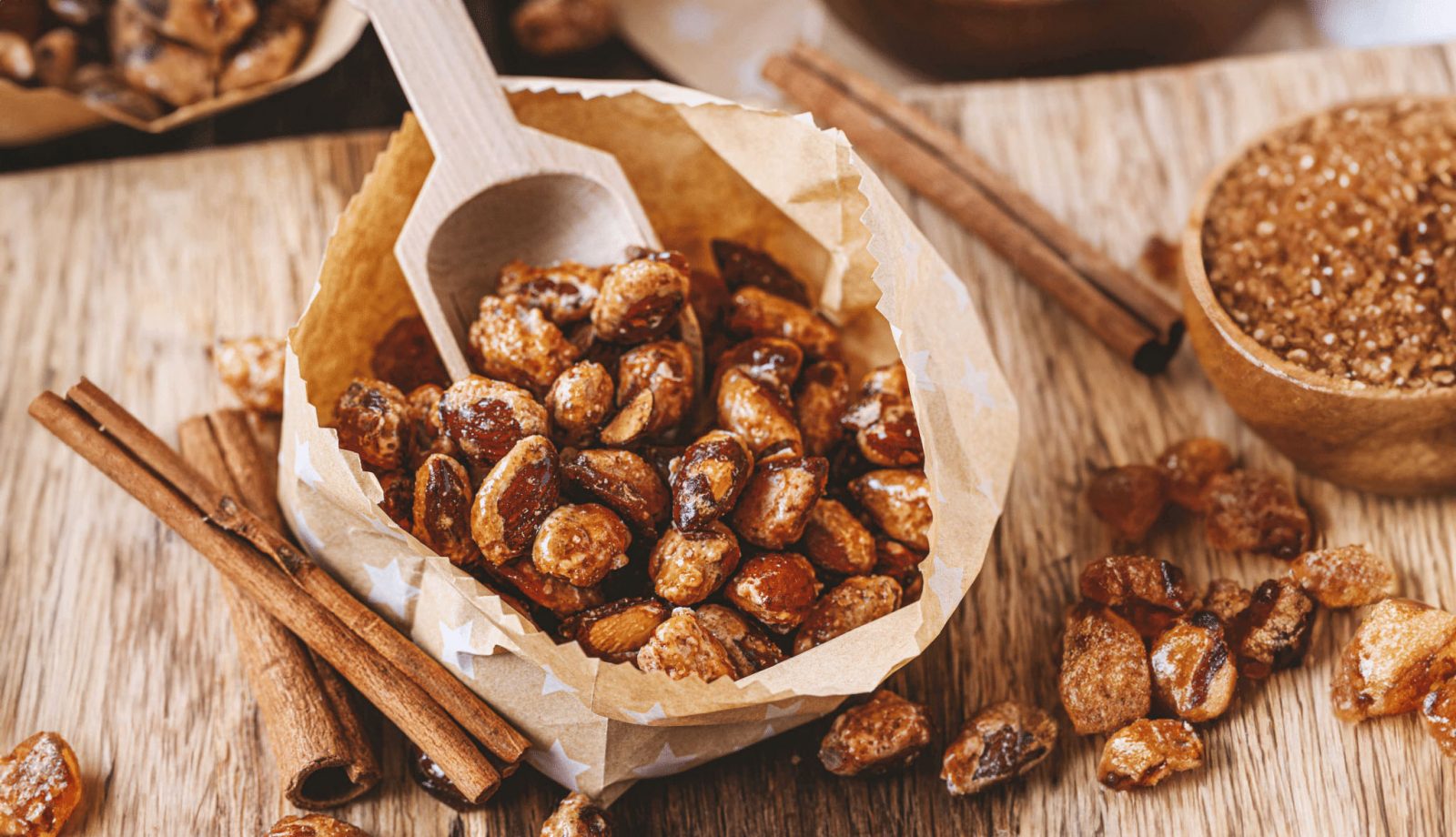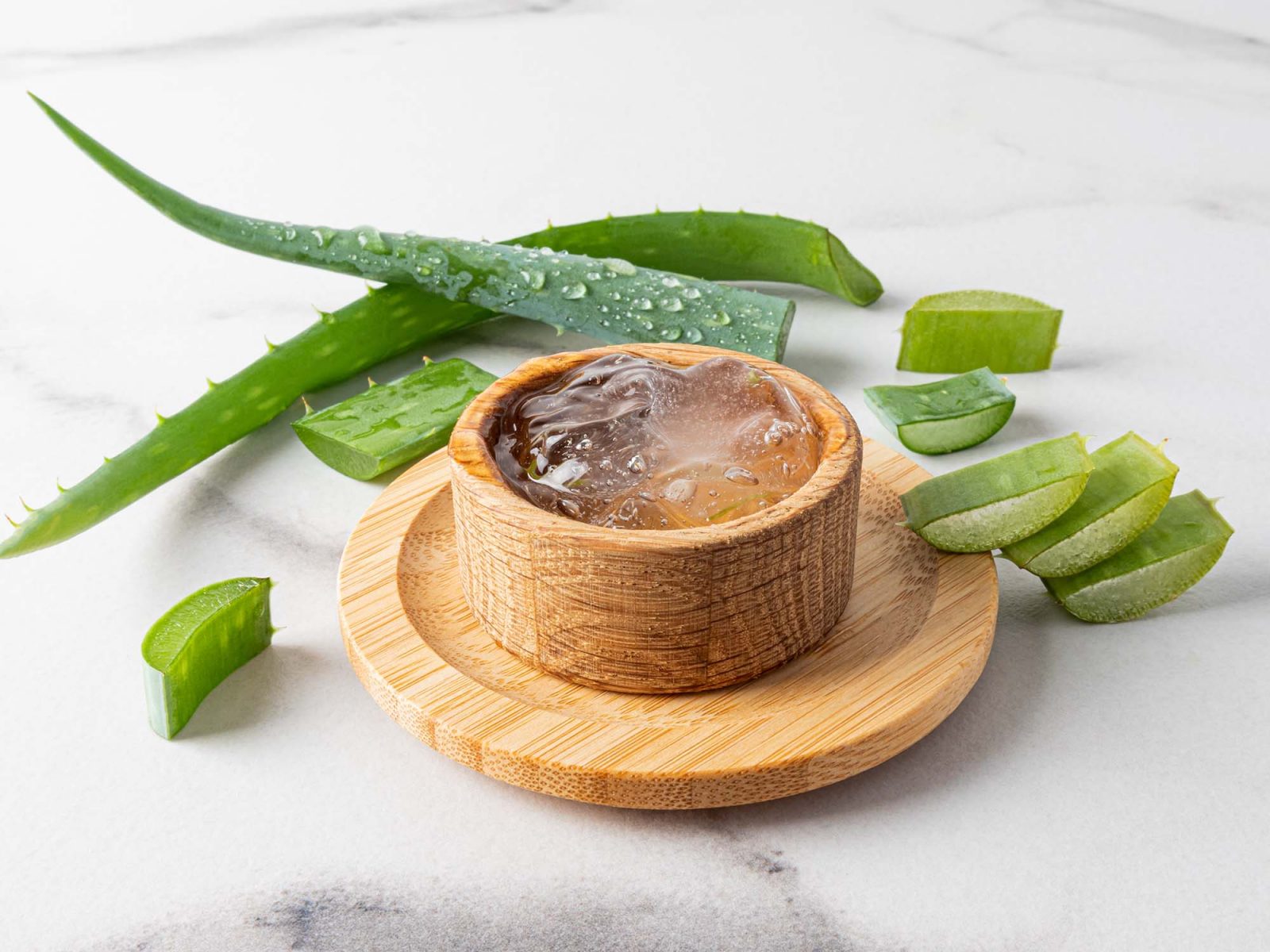
Buchweizen ist ein ziemlich einzigartiges Getreide. Für einige ist es ein Grundnahrungsmittel, während andere sich seiner Existenz gar nicht bewusst sind. Trotz seines Namens ist es nicht mit Weizen verwandt und glutenfrei.
Buchweizen enthält mehr Nährstoffe und Vitamine als Hafer oder Reis. Darüber hinaus wird dieses Getreide als Deckfrucht verwendet. Das heisst, es hält andere Unkräuter von der Erde fern, in die es gepflanzt wurde.
Dadurch reichert es den Boden an und bekämpft Erosion durch Regen. Während der Blütezeit lockt Buchweizen Bienen an. Diese Insekten produzieren später dicken, dunklen und duftenden Honig mit bitteren Noten.
Der oft nicht beachtete Buchweizen
Abgesehen von dem neuerlichen Interesse an Urgetreide wurde Buchweizen in den USA, Kanada und Europa oft zugunsten anderer Getreidearten übersehen. Doch alle postsowjetischen Staaten und Asien lieben dieses Getreide.
Vor allem Russen lieben diese weich-erdigen Körner. Diese wurden – zusammen mit dem Christentum – im 9. Jahrhundert von den Griechen zu ihnen gebracht. Es ist daher keine Überraschung, dass Russland mit einem Marktanteil von 40 % der weltweit grösste Buchweizenproduzent ist. China und die Ukraine sind die anderen führenden Produzenten.
Die Europäer jedoch kommen erst langsam auf den Geschmack von Buchweizen und seiner Vorteile.
Buchweizen ist eine vielseitige Nutzpflanze
Neben Russland verwenden China, Indien, Korea und Japan Buchweizen zur Herstellung von Mehl. Die berühmten japanischen Soba-Nudeln werden beispielsweise aus Buchweizenmehl hergestellt. In Indien wird dieses Getreide zu verschiedenen Feierlichkeiten gekocht.
Buchweizen kann gekocht, sautiert und gebacken werden. Er ist auch austauschbar mit Reis. Das Getreide kann entweder pur oder als Zutat in Gerichten wie Frikadellen, gefüllten Paprikaschoten oder Suppen gegessen werden.
Probieren wir ein klassisches russisches Rezept
Das einfachste und doch sehr klassische Rezept kommt aus Russland mit nur wenigen Zutaten: Buchweizen mit Steinpilzen.
- Wasche und trockne 200 g / 1 Tasse Buchweizen. Vielleicht ist der von dir verwendete Buchweizen bereits geröstet. Andernfalls stell eine Pfanne auf die Herdplatte mit hoher Hitze und brate die Körner einige Minuten lang an. Das verstärkt den Geschmack der Körner und verleiht dem Gericht nussige Noten.
- In einer Pfanne 400 g / 2 Tassen Wasser mit einer Prise Salz aufkochen.
- Die gerösteten Buchweizenkörner dazugeben.
- Sobald das Wasser wieder kocht, reduziere die Hitze und entferne den braunen Schaum mit einem Löffel. 6-8 Minuten kochen lassen. Dann vom Herd nehmen und noch einige Minuten mit dem Deckel abdecken.
- In der Zwischenzeit 1 Zwiebel und 200 g / 1 Tasse Steinpilze in mundgerechte Stücke schneiden.
- Die gehackte Zwiebel in einer Bratpfanne bei mittlerer Hitze anbraten, bis sie glasig ist.
- Dann die Steinpilze dazugeben und garen, bis die Flüssigkeit aus den Pilzen verdunstet ist.
- Sobald die Gemüsemischung fertig ist, gib sie in die Pfanne mit dem Buchweizen. Gut mischen und erwärmen, damit der Saft von den Körnern aufgenommen werden kann.
Es ist wichtig, die Körner genau im Auge zu behalten. Du willst sie weich und körnig, genau wie Reis. Matschiger oder ungekochter Buchweizen verdirbt den Geschmack des Gerichts.
Streue etwas frischen Dill über das Gericht und serviere es alleine oder als Beilage zu deinem Hauptgericht.





